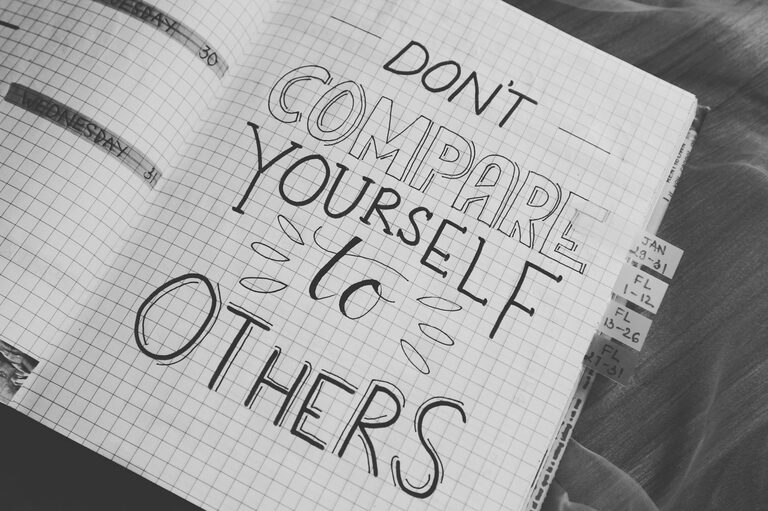If you’ve been looking for a method to improve your organization and boost productivity while also tapping into your creative side, bullet journaling might be just what you need. This flexible system combines to-do lists, scheduling, brainstorming, and reflection—all in one customizable notebook.
In this beginner guide to bullet journaling, we’ll explore what bullet journaling is, how to get started, and tips to make the most of your new habit.
What Is Bullet Journaling?
Bullet journaling, often called “BuJo,” was created by Ryder Carroll as an analog system to organize life using short, bulleted notes. Unlike traditional planners, bullet journals are highly adaptable. You can track daily tasks, monthly goals, habit trackers, and even doodle or jot down ideas—all in one place.
The key components include rapid logging with symbols, collections (grouped notes on specific topics), and an index to keep everything organized.
Why Try Bullet Journaling?
– Customized organization: Tailor your journal to fit your unique lifestyle and needs
– Boost productivity: Track your tasks clearly and stay focused with short, actionable entries
– Encourage creativity: Use drawings, colors, and different layouts to make journaling fun and inspiring
– Improve mindfulness: Regularly reflect on your accomplishments and set new priorities
Getting Started: What You Need
Starting a bullet journal requires just a few basic supplies:
– Notebook: Choose a blank, dotted, lined, or grid notebook depending on your preference. Popular options include Leuchtturm1917 and Moleskine.
– Pen: Any pen works, but you may want a set of colored pens or fine liners for creative layouts.
– Ruler: Useful for drawing straight lines and making neat layouts.
– Optional: Stickers, washi tape, and stamps can add personality but are not necessary.
Core Components of a Bullet Journal
1. Index
The index is your journal’s table of contents. Reserve the first few pages to list the titles or topics of your spreads along with their page numbers. This makes finding information easy as your journal grows.
2. Future Log
This section serves as a yearly overview where you jot down important events, deadlines, or goals coming up in future months. It helps you glance ahead without crowding your monthly pages.
3. Monthly Log
A monthly log typically has a calendar page where you list days and events alongside a task list. This helps you plan major deadlines and track monthly goals.
4. Daily Log
The heart of bullet journaling, daily logs include your tasks, events, and notes for each day. Each entry is marked with symbols—bullets—that indicate whether it’s a task, event, or note. Common symbols include:
– • Task
– ○ Event
– – Note
Tasks can also be marked as complete (×), migrated ( > ), or canceled ( / ).
5. Collections
Collections are custom pages dedicated to specific topics like books to read, habit trackers, meal plans, or fitness goals. You create collections as needed and add them to the index.
How to Set Up Your First Bullet Journal
- **Create your index:** Leave 2–3 pages blank at the beginning of your notebook.
- **Set up your future log:** Divide a two-page spread into 6 sections (3 per page), each labeled with upcoming months.
- **Make your monthly log:** On one page, list the days of the month with space to write events; opposite page has a task list.
- **Start your daily log:** Use a page or two to write today’s date and bullet your tasks, events, and notes.
- **Add collections:** As ideas or projects come up, create dedicated pages and record their page numbers in the index.
Tips for Maintaining Your Bullet Journal
– Keep it flexible: Your system should evolve with your needs. Don’t be afraid to change layouts or symbols.
– Review regularly: Set aside time weekly or monthly to migrate unfinished tasks and update your logs.
– Keep entries brief: Use short sentences and bullet points to stay efficient and avoid overwhelm.
– Incorporate creativity: Use colors, doodles, and washi tape to make journaling enjoyable.
– Stay consistent: Try to spend a few minutes each day logging your tasks and notes to build the habit.
Common Mistakes to Avoid
– Overcomplicating layouts: Start simple and add complexity gradually to avoid burnout.
– Being too rigid: Allow flexibility if a daily log doesn’t fill up or you need to skip a day.
– Losing motivation: If journaling feels like a chore, try different spreads or focus on collections you enjoy.
– Ignoring the index: Maintain it as you add new pages to keep your journal organized.
Inspiration: Popular Collections to Try
– Habit tracker to monitor exercise, water intake, or reading
– Mood tracker to note daily feelings
– Expense tracker to keep a simple budget log
– Gratitude log to write things you’re thankful for each day
– Goals list with milestones and deadlines
– Brain dump page to clear your mind of random ideas
Final Thoughts
Bullet journaling is more than just a planner—it’s a creative system for managing your life on your own terms. Its simplicity allows beginners to start small, while its versatility supports future growth and personalization.
Whether you want to become more productive, mindful, or artistic, bullet journaling offers a fresh approach to organizing your days. Grab a notebook and start your bullet journaling journey today—your future self will thank you!
—
If you found this guide helpful, please share your bullet journaling tips or struggles in the comments below. Happy journaling!



